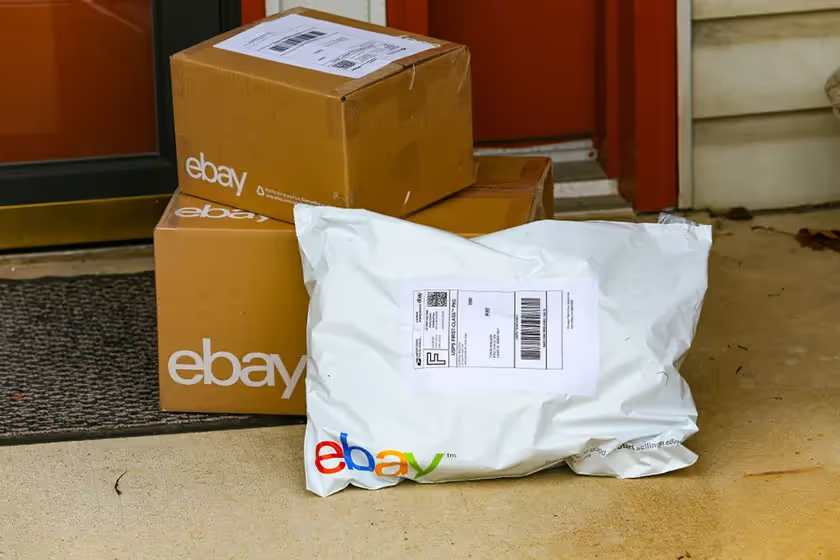How to Start Selling My Products on eBay
Want to sell on eBay? Pattern's eBay partner network sellers explain how to get started.
If you’re ready to begin selling your products on eBay, there’s no better time to get started. With more than 177 million active buyers worldwide, eBay is the 3rd largest market in the United States, and it’s simply good business to grab a piece of that pie. If you’re not selling your product directly on eBay, you may find that another seller is, and you’ll have no control over the experience those customers are having with your brand.
According to George Hatch, Pattern’s eBay expert, eBay gives sellers easy access to a global community of buyers. The site is also a brand equalizer since it enables smaller brands to go head-to-head with big brands, allowing buyers to decide what to buy based on the picture, price, title, and description.

To get started, the first thing you’ll need to do is improve your feedback score. One good way to do this is to purchase a few items yourself on eBay, giving sellers a chance to rate you.That way, you’ll be able to build up your feedback and ensure your profile looks legitimate before you begin selling. You should also open an eBay store, which will mean you have lower ‘final value’ and ‘listing’ fees. There are a number of different store subscriptions to choose from, based on how many listings you’ll create every month, your average selling price, shipping costs, and more.
While eBay began as an auction site, these days it makes much more sense to sell in a fixed-price format. 89% of the site’s Gross Merchandise Volume is currently from fixed-price listings. Once you’re set up, it’s time to optimize your listing. This is key for both SEO and to attract potential customers to your stores. You’ll have 80 characters to use for your product titles, and you should leverage as many as you can to accurately describe your item.
eBay uses keyword searchable titles which makes it easy for buyers to find the products they’re looking for. That's why it’s a good idea to think about the words your target customers would be searching with and use these accordingly. At the same time, you need to be careful not to ‘keyword spam.’ If you’re adding non-related keywords to your title, eBay will penalize you by actually moving your product further down in the listings.
You’ll also need to optimize your product descriptions by making them as clear and detailed as possible. Include styles, model numbers, and brand names, along with the quantity, and any benefits your product has for the buyer.

Customers are unlikely to take the time to read an entire paragraph of text. Instead, leverage embedded images and bullet points to clearly communicate how your product will solve your customer’s problem. When it comes to optimizing your listings, think about eBay as more of a comic book than a novel. There are a number of tools you can use to get the most out of eBay.
The company recently acquired Terapeak, which helps you identify top products, optimize your listing keywords, and discover new opportunities. eBay has also added some new tools within its seller hub, providing key metrics such as listing impressions, click-through rate, conversion rate, and more. Another great tool is Alogpix, which automatically does price market research for you, using multiple eBay country sites.
This can also give you your profit estimation based on your fees and costs. Finally, you’ll need to keep an eye on your metrics so you can easily see what’s working, and what needs to be tweaked. “To sell successfully on eBay, you need to continually test and adapt your listings,” says George. “This will ensure you stay relevant and place well within eBay’s search result sets. Want to learn more about selling your products online? Get in touch today.


.jpg)





.jpg)

